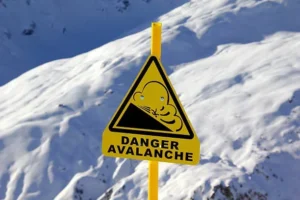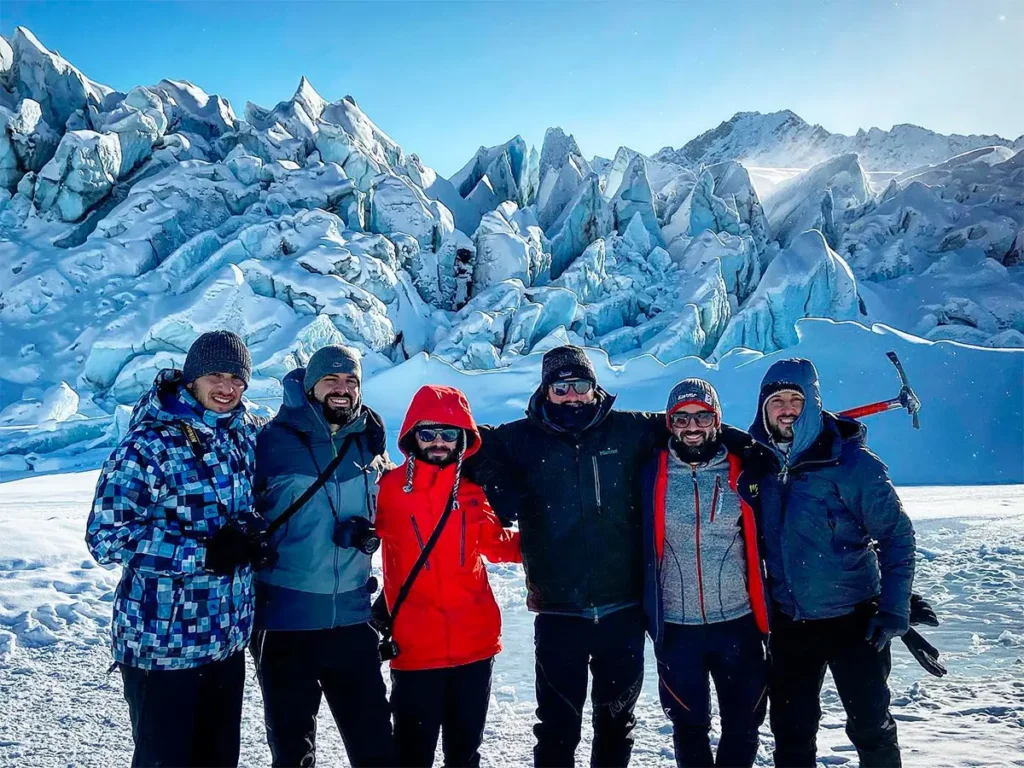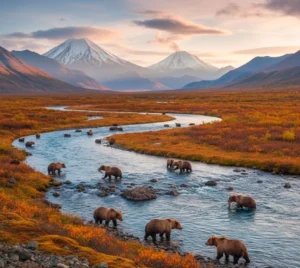Although Alaska is an amazing paradise in the winter, it is also extremely cold. Therefore, it’s crucial to dress appropriately for your vacation to have fun and be comfortable. This is a comprehensive guide on packing for a winter trip to Alaska.
What to Wear for an Alaska Winter Trip
1. Layering is Key
If you are thinking about what to wear for an Alaska winter trip, the first and most important thing is layering. To remain warm in Alaska, it’s crucial to layer clothing. Dressing in different layers allows you to respond to the shifting temperatures.
Base Layer
The basal layer is the closest to your skin. It should contain a material that wicks moisture to keep sweat out. Avoid cotton, as it retains moisture and absorbs it, making you feel colder.
- Thermal underwear: Long-sleeved shirts and long leggings, synthetic or merino wool.
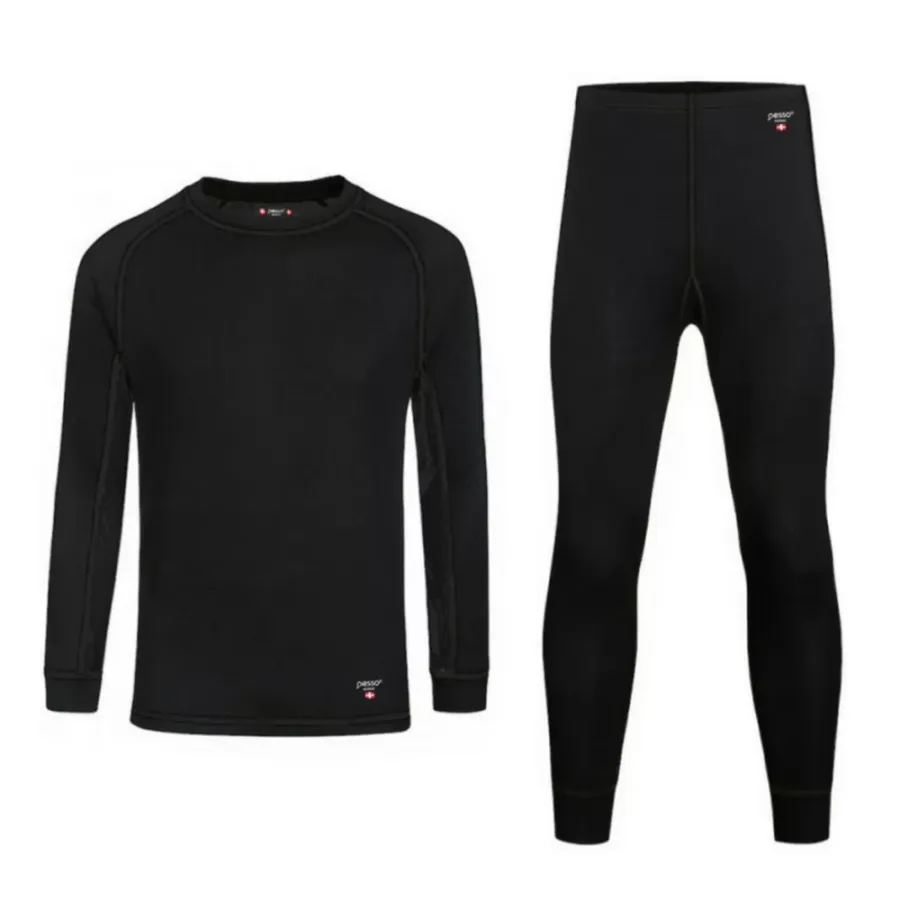
- Socks: Wear wool or synthetic socks. For further warmth, consider wearing a thin liner sock underneath.
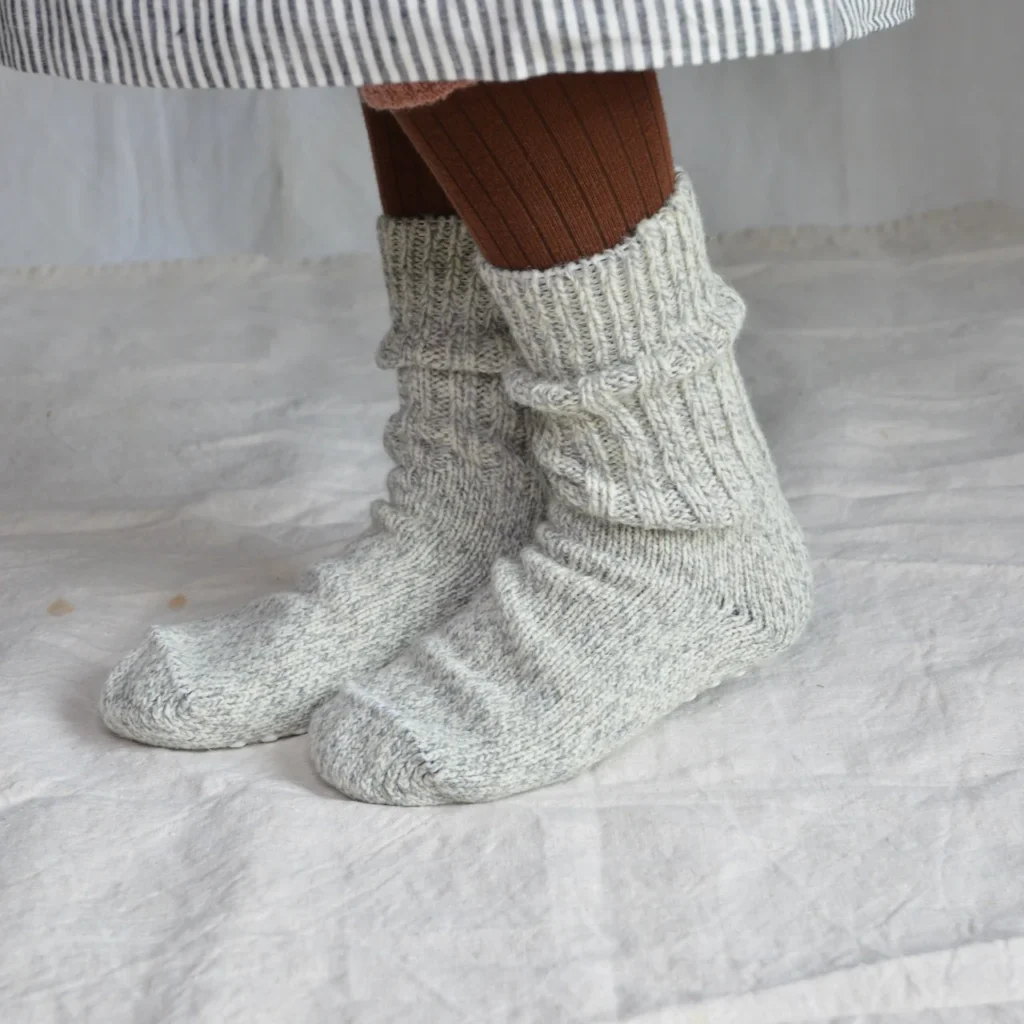
Middle Layer
Your insulating layer is in the middle. It keeps you warm by retaining heat.
- Fleece jacket or sweater: Fleece is an excellent option since it is warm but lightweight.
- Synthetic or down-filled insulated jacket: An insulated jacket is ideal for really chilly days.
Outer Layer
The outer layer shields you from wind, snow, and rain. It must be windproof and waterproof.
- Parka or winter jacket: Having a high-quality, cold-weather parka is great.
- Snow pants or insulated pants: To keep your legs warm and dry, they are insulated and waterproof.
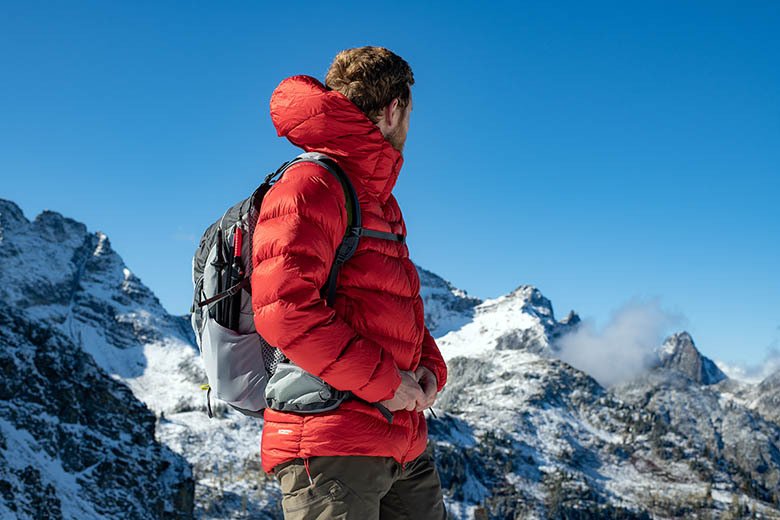
2. Essential Accessories
Accessories are essential for maintaining your body temperature. Never undervalue their significance!
Hats
Wearing a hat is crucial since your head is where a lot of body heat escapes.
- Beanie or wool hat: Make sure it covers your ears.
- Balaclava or neck gaiter: For extra protection, especially on windy days.
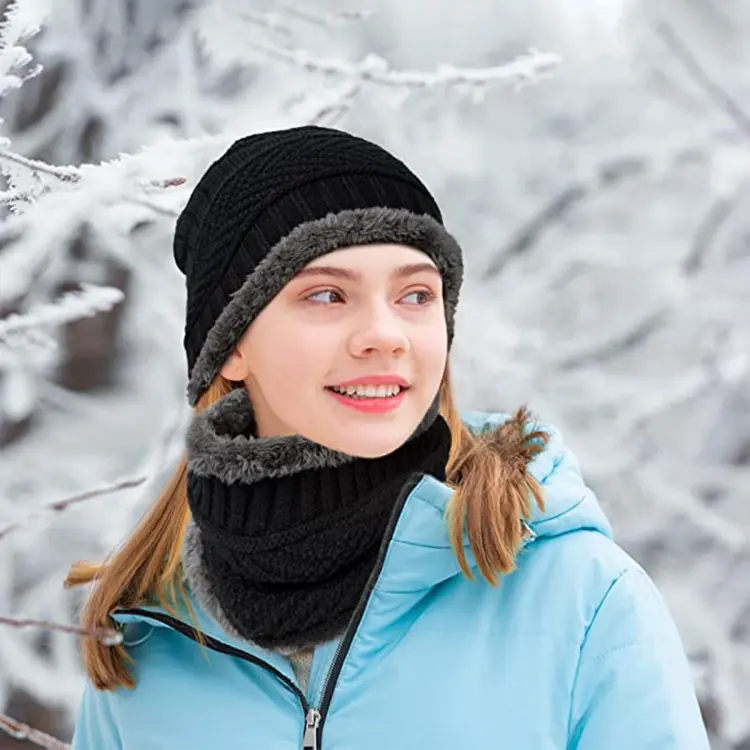
Gloves
Your entire body may feel cold if you have cold hands. The right gloves are crucial.
- Glove liners: Thin, moisture-wicking gloves to wear under your main gloves.
- Insulated gloves or mittens: Choose what feels most comfortable. However, mittens are frequently warmer than gloves.
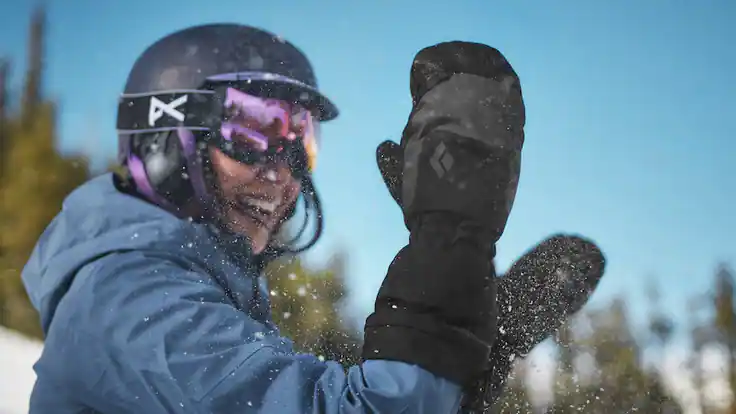
Neck warmers and scarves
Shield your face and neck from the icy wind.
- Scarf: For extra warmth, wrap a thick wool scarf around yourself often.
- Neck gaiter: Easier to manage than a scarf and can cover your nose and mouth.

Footwear and Socks
A pleasant journey depends on having dry and warm feet.
- Wool Socks: They provide the best insulation.
- Waterproof boots: Boots with adequate grip, insulation, and waterproofness are essential. For faster drying, think about getting boots with detachable lining.
3. Specialized Gear
Depending on your activities, you might need some specialized gear.
Snow Sports Gear
If you plan to ski, snowboard, or snowshoe during your Alaska winter trip, you’ll need extra gear.
- Ski or snowboard jacket and pants: These are designed specifically for snow sports and provide great insulation and protection.
- Goggles: shield your eyes from wind and snow glare.
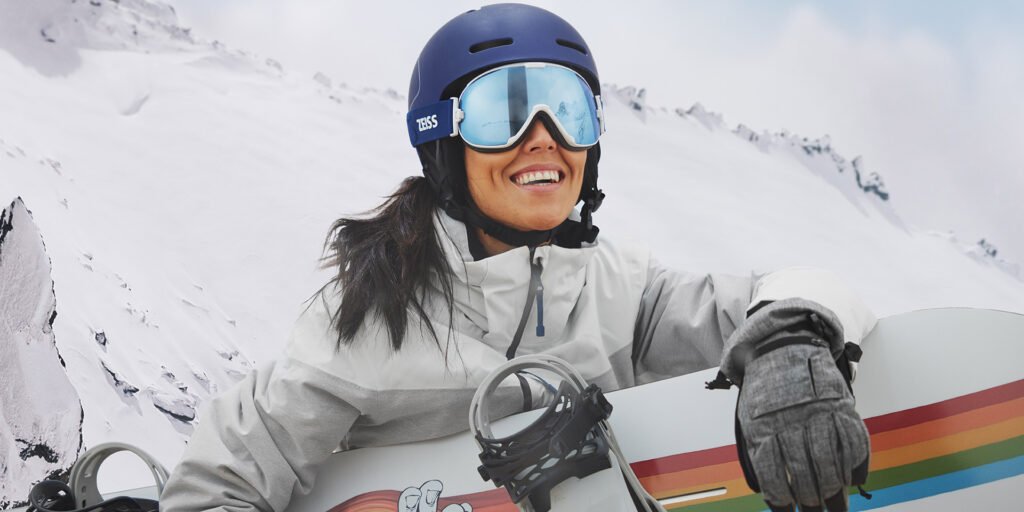
Ice Fishing or Dog Sledding
Long durations of motionless sitting in the cold may be necessary for these tasks. So, you will need:
- Hand warmers: Hand warmers are tiny heat-producing packets that fit inside pockets or gloves.
- Insulated overalls: To provide additional warmth and shield from the cold.
4. Additional Tips for Staying Warm
Keep Moving
Heat is produced by movement. To get warmer, try moving around if you’re feeling cold.
Stay Dry
Wet clothes can make you very cold. If you become wet, change into dry clothes as quickly as possible.
Hydrate and Eat Well
Staying hydrated and eating warm, nourishing foods will assist in keeping your body warm.
5. Packing Checklist
To make sure you don’t forget anything, here’s a quick checklist for your Alaska winter trip:
- Thermal underwear (top and bottom)
- Wool or synthetic socks (multiple pairs)
- Fleece jacket or sweater
- Down or synthetic insulated jacket
- Winter jacket or parka
- Snow pants or insulated pants
- Beanie or wool hat
- Balaclava or neck gaiter
- Glove liners
- Insulated gloves or mittens
- Scarf or neck gaiter
- Waterproof boots
- Hand warmers (optional)
- Specialized gear (if needed)
Table Summarizing the Key Points of What to Wear for an Alaska Winter Trip
| Category | Items to Wear | Key Features |
|---|---|---|
| Layering | ||
| Base Layer | Thermal underwear (top and bottom), wool or synthetic socks | Insulating traps heat |
| Middle Layer | Fleece jacket or sweater, down or synthetic insulated jacket | Insulating, traps heat |
| Outer Layer | Winter jacket or parka, snow pants or insulated pants | Waterproof, windproof |
| Accessories | ||
| Hats | Beanie or wool hat, balaclava or neck gaiter | Covers ears, protects from wind |
| Gloves | Glove liners, insulated gloves or mittens | Glove liners, insulated gloves, or mittens |
| Scarves and Neck Warmers | Scarf, neck gaiter | Protects neck and face |
| Socks and Footwear | Wool socks, waterproof boots | Insulated, waterproof, good traction |
| Specialized Gear | ||
| Snow Sports Gear | Ski or snowboard jacket and pants, goggles | Designed for snow sports, provides insulation and protection |
| Ice Fishing or Dog Sledding | Hand warmers, insulated overalls | Generates extra heat, provides additional warmth |
| Additional Tips | ||
| Keep moving | Movement generates heat | |
| Stay dry | Wet clothes can make you very cold | |
| Hydrate and eat well | Staying hydrated and eating nutritious food helps maintain warmth | |
| Packing Checklist | Thermal underwear, wool or synthetic socks, fleece jacket, down or synthetic insulated jacket | |
| Winter jacket or parka, snow pants, beanie or wool hat, balaclava or neck gaiter, glove liners | ||
| Insulated gloves or mittens, scarf or neck gaiter, waterproof boots, hand warmers (optional) | ||
| Specialized gear (if needed) |
Frequently Asked Questions (FAQS)
Q1: What kind of clothing is ideal for a winter vacation to Alaska?
A: A well-insulated parka is a must-have item for any winter vacation to Alaska. Choose coats with synthetic or down insulation for superior warmth without becoming overly bulky.
Q2: Which base layers are the most effective at keeping you warm?
A: The ideal base layers are composed of synthetic fabrics like polyester or moisture-wicking materials like merino wool. Don’t wear cotton since it might absorb moisture and make you feel colder.
Q3: How many layers should I wear?
A: You should wear a moisture-wicking base layer, an insulating middle layer, and a windproof and waterproof upper layer. This combo helps you better adapt to changing temperatures and levels of exercise throughout the day.
Q4: What sort of trousers work well in Alaska during the winter?
A: Waterproof and insulated trousers are a must. For outdoor activities, lined hiking pants or snow pants work well. Under your outer pants, think about wearing thermal leggings or base-layer trousers in really cold weather.
Q5: What type of footwear is recommended?
A: Waterproof, insulated boots with high grip are necessary. Winter boots from those companies are recommended which are made to keep your feet toasty and dry in the snow. Wearing thermal socks that wick away sweat is also beneficial.
Q6: Are there any specific accessories I shouldn’t forget?
A: Remember to include thermal socks, a scarf or neck gaiter, insulated gloves or mittens, and a thick cap that protects your ears. These are essential items to minimize heat loss and keep extremities warm.
Q7: What additional gear could I need for certain sports like skiing or dog sledding?
A: You may require specific equipment for sports like dog sledding and skiing, such as hand warmers, ski coats, and leggings. These activities frequently call for additional wind and snow protection.
Q8: How can I ensure I stay dry during my trip?
A: To stay dry, use outer layers made of waterproof materials and stay away from cotton clothing that absorbs moisture. In case of an emergency, always change out of damp clothes as quickly as possible and think about bringing a quick-dry towel.
Conclusion
Alaska winter trip may be an amazing experience with breathtaking scenery and thrilling activities. Nonetheless, clothing for the weather can ensure that you get the most out of your vacation. You can keep warm and comfortable even in the worst weather by wearing layers of clothes, having the appropriate specialized gear, and carrying important accessories. Remember to stay dry, keep moving, and nourish your body to maintain your warmth. You will be able to appreciate the beauty and magic of an Alaskan winter to the fullest with the appropriate planning and gear. Safe travels, and enjoy your adventure!



